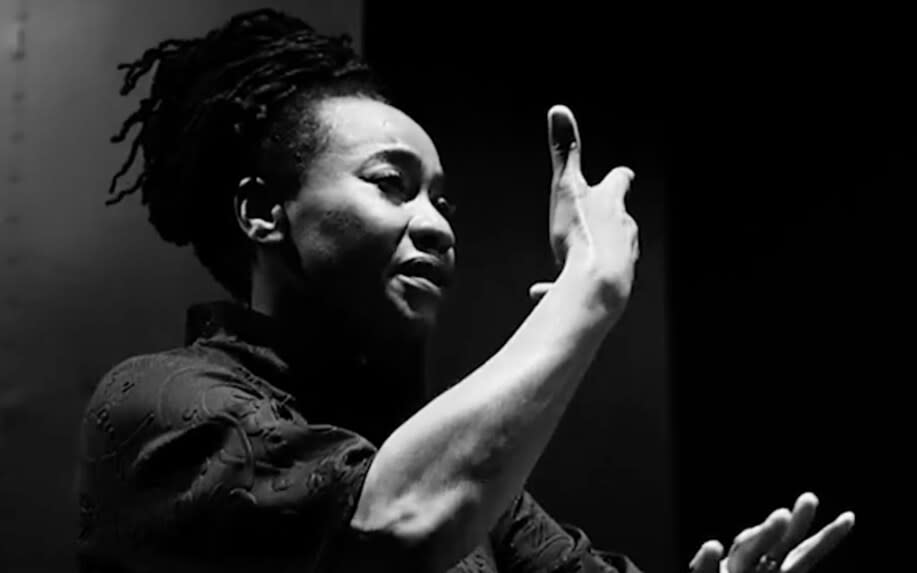Prince songs and pole-dances: the London International Mime Festival is (quietly) back

The boon of the London International Mime Festival is that – in normal years – some of the greatest exponents of this loosely defined theatrical form convene on the capital to brighten the dreariest month. The concomitant drag, though, is you have to leave the warmth of your home, must battle to the venue (not always central) and can be out again within an hour (brevity goes with the habitually, not automatically wordless territory).
So I find myself applauding, if not loudly, then maybe more Marcel Marceau-ishly, the pandemic-curtailed programme of 2021, which shifts the entire shebang online. In terms of novelties – aside from free talks across the fortnight and a plethora of workshops (mostly already signed-up-for) – it’s a much reduced affair this time. The principal “offer” is five short films. On top of that, however, there’s a “videotheque” section which affords a free archive of captured productions dating back to 1990 (the festival originated in 1977). Taken together, it should amply help to pass January.
The new short films are little marvels, and warrant repeat viewing. Back in that initial Jubilee year, there was the pioneering British Theatre of the Deaf (a professional company of deaf and partially-deaf actors). That long commitment to inclusion and innovation is reaffirmed in the first (monochrome) film, in which performer Jacqui Beckford delivers a British Sign Language accompaniment to a shuffling jazz rendition of the Prince weepie Nothing Compares 2 U. Her mournful hand-play speaks volumes: vanishing love is denoted by a fist flung out and fluttering into fingers, she cradles her head in one palm to depict long days in bed, and the evaluative title line entails a weighing of hands and a pointing at the distant other. Simple but achingly beautiful.
Next up is Andrew Dawson with Proximity. The time-honoured MimeFest participant is found standing on a chair in the middle of an urban common. He calmly conducts a deadpan ritual of intricate hand-play, arm-swinging and balancing. This solemn carry-on is juxtaposed with his surroundings in such a way that he seems to be not just copying but deeply communing with the arboreal splendour around him, lost in a realm of oblivion as dogs chase across the grass or an airplane streaks the sky.
For something more peculiar, and far darker, head for Gavin Glover’s Bleak House, which snoops inside a very grotty miniaturised house, through which a cot-bed hurtles on a pulley, baby gurgles offset against recriminatory adult voices. A jostling congregation of arm-chairs round the cot and telling dribble under it provides a sinister evocation of unspeakable abuse. What starts by being quaintly charming becomes truly disturbing.
“Toby Sedgwick is Bernard Knowes” utilises flickering home-movie footage (both pastiche and also, it appears, real), along with music fey and fairground-esque, to spirit up an eccentric family defined by its large nose, jutty-out teeth and fondness for otherworldly silliness. It’s at once preposterous and poignant.
Best of the bunch, though, is Kristin and Davy McGuire’s Vertigo, which uses digital projections onto gauze to transform a sensuous pole-dance by the former into an image of humanity – in its grace and loneliness – moving through time and space. With artistry and technical precision, a shifting matrix of light accompanies, entwines and engulfs the movement to the sound of a heavenly Agnus Dei. Stunning. I could watch it on a loop for hours.
Until January 31. Info: mimelondon.com

